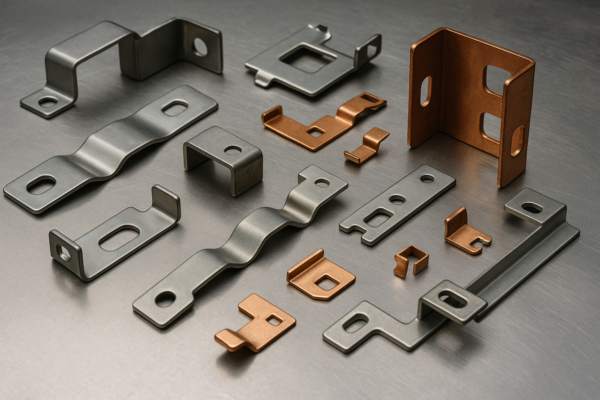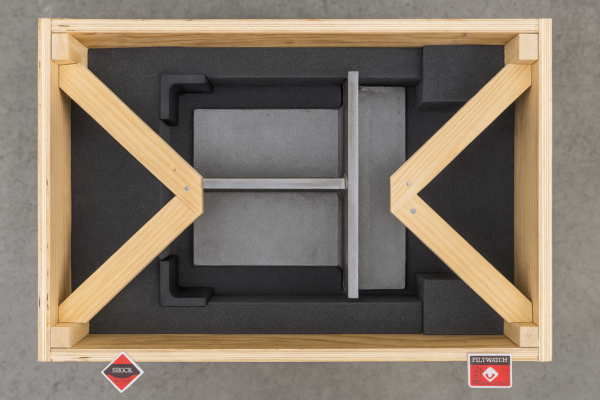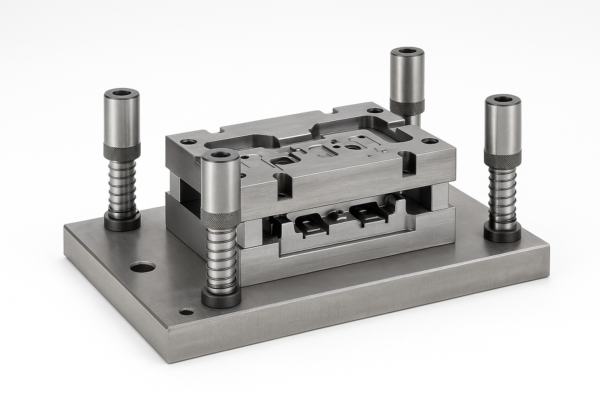Can You Screw Directly Into Aluminum?

Aluminum is used across nearly every industry—from aviation frames to electronics housings. But many engineers still encounter challenges when attaching components to aluminum surfaces.
Yes, aluminum allows direct screw insertion with proper preparation. To avoid thread stripping or failure, it\’s important to select the right fasteners, drill size, and installation method.
This comprehensive guide explains everything engineers, buyers, and fabricators need to know—backed by Prime’s decades of experience in precision parts and ISO-certified fastener supply.
Can You Screw Into Aluminum?

Aluminum’s lightweight and soft nature make it ideal for many designs—but also vulnerable to threading issues.
Drilling and fastening into aluminum is a common and effective practice, provided the correct screw type and pilot hole are used.
Key Properties That Affect Fastening:
| — | ||||
|---|---|---|---|---|
| Softness | Threads may strip under excess force | |||
| Ductility | Risk of deformation with over-torque | |||
| Thermal Expansion | Needs secure locking to resist loosening | |||
| Galvanic Sensitivity | Requires compatible metal pairings |
Most issues occur when fasteners are overtightened, or when incompatible metals are mixed. Prime’s engineering support helps you avoid such issues during the design and sourcing phase.
What Is the Best Screw to Hold in Aluminum?
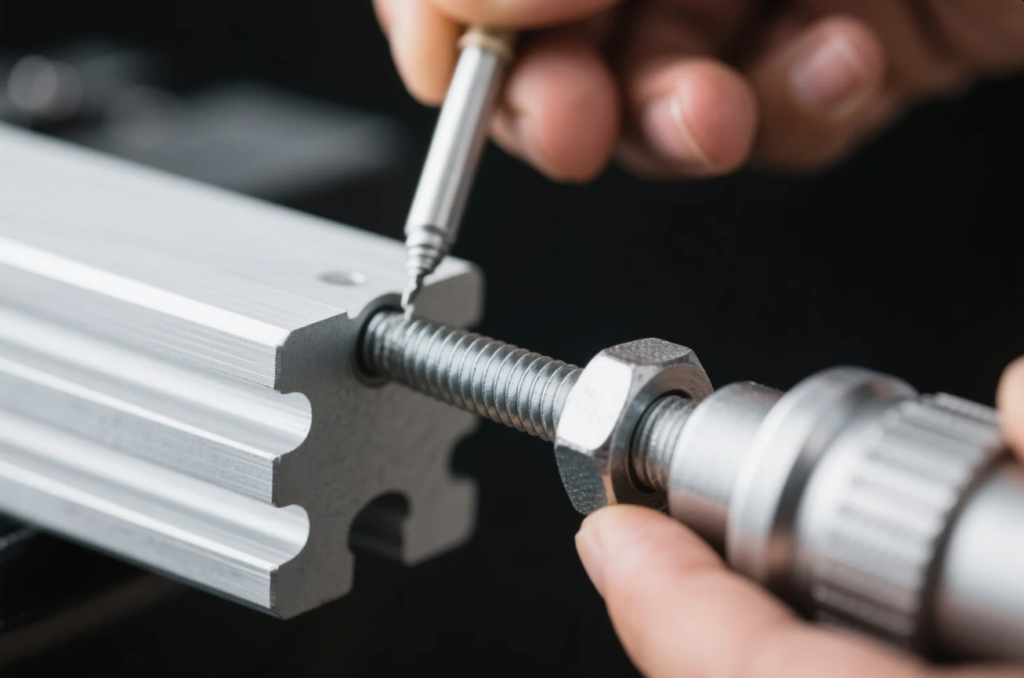
Selecting the correct screw is crucial to avoid premature failure, especially under dynamic load or vibration.
The most reliable fasteners for aluminum include stainless steel screws, coated steel variants, and aluminum-based fasteners. The selection depends on the material thickness, environment, and load conditions.
Comparison of Popular Fastener Types
| — | ||||||
|---|---|---|---|---|---|---|
| Self-Tapping Screws | Light gauge aluminum sheets | Requires precise pilot hole size | ||||
| Thread-Forming Screws | Assemblies with vibration exposure | Cold-forms threads for added grip | ||||
| Machine Screws | With inserts or pre-tapped holes | Strong, reusable, consistent torque | ||||
| Aluminum Screws | All-aluminum assemblies | Perfect material match, avoids corrosion | ||||
| Stainless Steel Screws | Outdoor, marine, or corrosive areas | Add isolation washers or paste |
Our team at Prime ensures all fasteners are tested for shear, tensile, and torque performance—especially for industrial-grade applications.
What Screws Are Compatible with Aluminium?
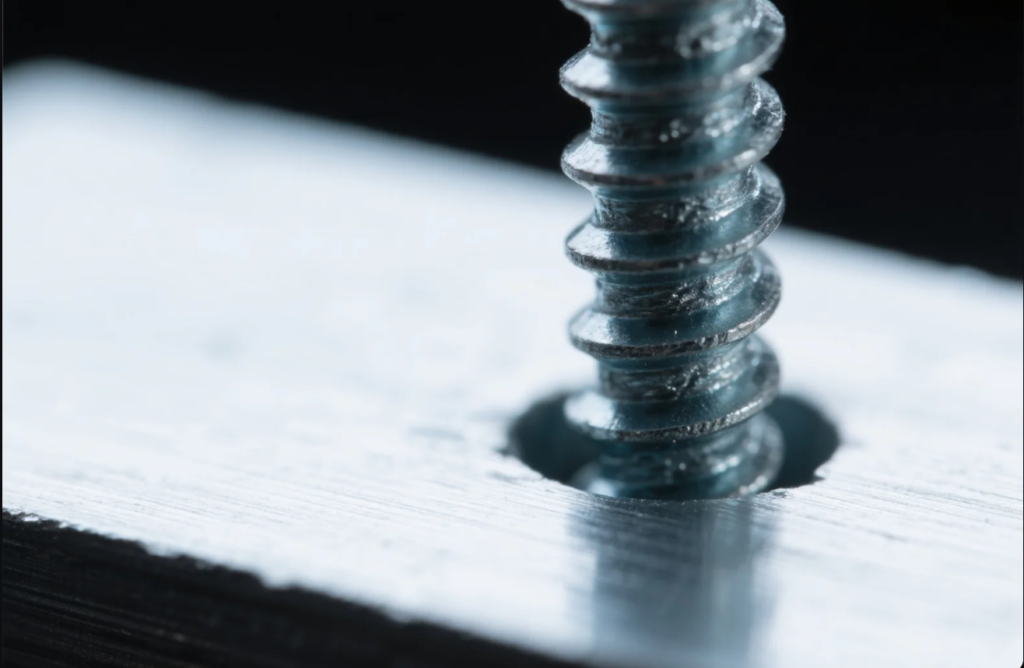
One of the biggest concerns in fastening aluminum is galvanic corrosion, which can lead to joint failure even when the connection is mechanically sound.
Compatible materials include stainless steel (with barrier protection), aluminum, and zinc-coated carbon steel. Avoid bare carbon steel, which corrodes quickly in contact with aluminum.
Galvanic Compatibility Guide
| — | ||||||
|---|---|---|---|---|---|---|
| Stainless Steel | Good (with barrier methods) | Prevent contact with insulating washers | ||||
| Zinc-Plated Steel | Acceptable | For indoor or dry conditions only | ||||
| Anodized Aluminum | Excellent | No corrosion risks | ||||
| Brass | Conditional | Use dielectric grease to insulate | ||||
| Uncoated Carbon Steel | Poor | High corrosion risk |
We recommend using nylon washers or isolating bushings with stainless screws. Prime ships fasteners pre-packed in humidity-resistant packaging to preserve coating quality.
How Do You Fasten Something to Aluminum?

Proper fastening ensures structural integrity and vibration resistance. The method varies depending on access, load, and permanence.
Common fastening methods include self-tapping screws, blind rivets, threaded inserts, and structural adhesives.
Common Techniques:
- Self-Tapping Fasteners
- Fast and cost-effective
- Ideal for simple, thin sections
- Threaded Inserts
- Suitable for repeated removal
- Improves strength in soft materials
- Blind Rivets
- No back access required
- Common in enclosures and chassis work
- Adhesives
- Load-distribution over large area
- Excellent vibration damping
- Bolt-Nut Combinations
- Best for thick or load-bearing sections
- Requires rear access
Our fastener team works with your drawings and load specs to recommend the most efficient and durable method.
Installation Techniques and Best Practices
Over 70% of aluminum fastener failures are due to improper installation—not product defects.
Preparation
- Pilot holes: Use the correct drill size (about 85–90% of screw minor diameter)
- Deburring: Clean holes thoroughly to avoid thread misalignment
- Lubrication: Apply anti-seize or thread locker when needed
- Tools: Use torque-limiting drivers or slow-speed drills
Installation Checklist
| — | ||||
|---|---|---|---|---|
| Pilot Hole Drilling | Use cobalt or titanium drill bits | |||
| Screw Insertion | Avoid overtightening | |||
| Sealing | Use thread lock or rubber washers | |||
| Retorque | Optional after 24-hour settling | |||
| Corrosion Check | Inspect after 30 days in humid areas |
Prime provides complete installation guides and technical assistance upon request—especially helpful for OEM assembly lines or field installations.
Avoiding Common Fastening Failures
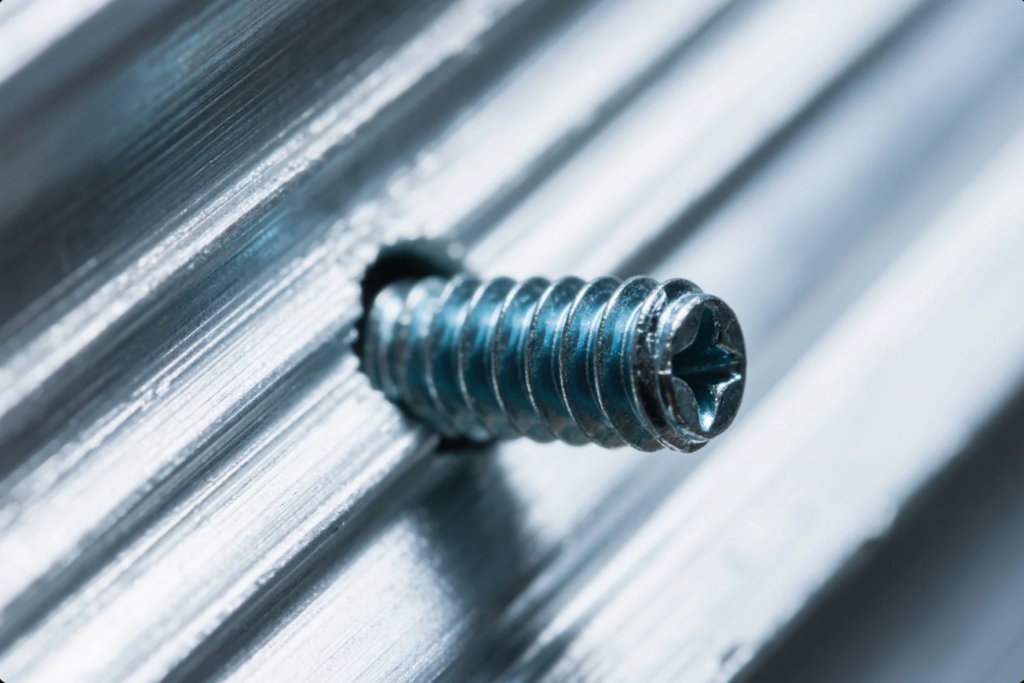
Many issues that appear during product operation were already present during assembly.
Common Pitfalls:
| — | ||||
|---|---|---|---|---|
| Thread Stripping | Use correct pilot hole and torque | |||
| Galvanic Corrosion | Match metals or isolate with coatings | |||
| Loosening Due to Vibration | Apply thread locking compound | |||
| Insert Pull-Out | Use knurled or keyed inserts | |||
| Fatigue Failure | Combine fasteners with adhesives if needed |
We support A/B testing and prototyping for clients developing new fastening systems. Our lab provides mechanical test reports with every production batch if required.
FAQs
Q1: Should I tap threads into aluminum or use thread-forming screws?A: For thin material or non-critical joints, thread-forming is fine. Use tapped holes or inserts for higher load-bearing.
Q2: What’s the ideal torque setting for aluminum fasteners?A: It varies by thread size. For M5 screws in aluminum, we recommend 4–6 Nm with torque control tools.
Q3: Are aluminum screws good for outdoor use?A: Only if anodized or sealed. Otherwise, use stainless steel with proper protection.
Q4: Can I mix aluminum with brass or copper hardware?A: Not directly. Always isolate with a dielectric barrier to prevent galvanic corrosion.
Q5: Does Prime supply small-batch customized screws?A: Yes. We support MOQs as low as 500 pcs for custom fasteners including logo engraving and unique thread types.
Conclusion
Aluminum is easy to work with—but only when you choose the right fasteners, materials, and methods. Avoid common mistakes and achieve better strength, corrosion resistance, and long-term performance with expert help.
👉 Need reliable fasteners for aluminum applications?Visit our website: https://primecustomparts.com📧 Email us: [email protected]We offer ISO-certified products, engineering consultation, and fast global delivery—your trusted partner in aluminum part fastening.
More to Explore:
This technical guide is developed by Shandong Prime International Trade Co., Ltd.—serving global engineers with CNC parts, fasteners, casting components, and more since 1993.

